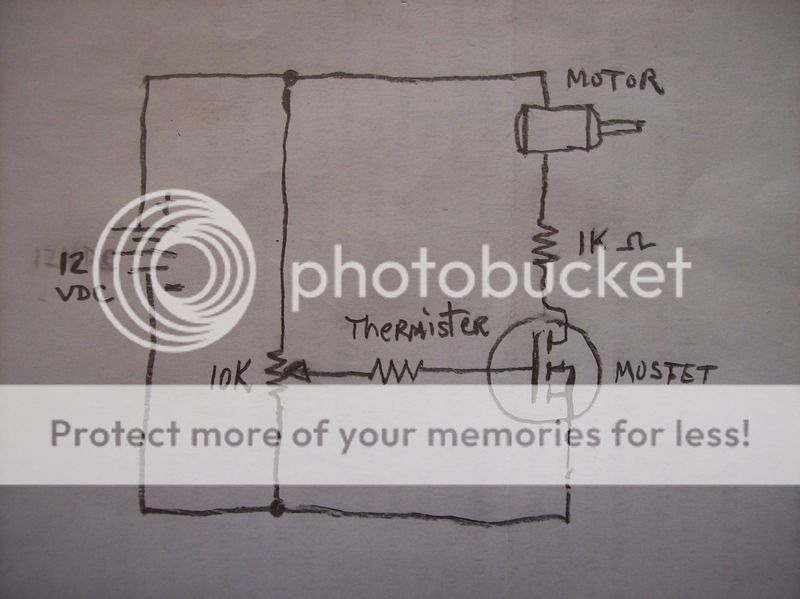Is there any reason I should not pic film resistors over carbon resistors?
Film resistors are always 1%
Carbon are always 5% or 10% or 20%
I need 240 ohms. 1/4 watt should work ok but I want 1/2 watt.
I am building 2 matched circuits. Last time I bought a 50 pack of carbon resistors testing them all with the meter there was nothing within 18 ohms of each other. I had to parallel/series 4 resistors to get within 1 ohm of target 240 ohms.
Film resistors are always 1%
Carbon are always 5% or 10% or 20%
I need 240 ohms. 1/4 watt should work ok but I want 1/2 watt.
I am building 2 matched circuits. Last time I bought a 50 pack of carbon resistors testing them all with the meter there was nothing within 18 ohms of each other. I had to parallel/series 4 resistors to get within 1 ohm of target 240 ohms.

